Join usSign in
Centres
Publications
Events
Forum Stories
Intelligence
About us
UpLink
Economic Growth
A brief history of China’s economic growth
Jul 30, 2015

Tomas Hirst
Share:
Our Impact
What's the World Economic Forum doing to accelerate action on Economic Growth?

The Big Picture
Explore and monitor how ASEAN is affecting economies, industries and global issues

Crowdsource Innovation
Get involved with our crowdsourced digital platform to deliver impact at scale
Stay up to date:
ASEAN
Follow
China’s meteoric rise over the past half century is one of the most striking examples of the impact of opening an economy up to global markets.
Over that period the country has undergone a shift from a largely agrarian society to an industrial powerhouse. In the process it has seen sharp increases in productivity and wages that have allowed China to become the world’s second-largest economy.
While the pace of growth over recent decades has been remarkable, it is also important to look at what the future might hold now that a large chunk of the gains from urbanization have been exhausted. A new paper published by the NBER attempts to do just that, looking back over China’s growth story between 1953-2012 and using the data to model plausible scenarios for the country up to 2050.
Here are some of the key charts that help explain China’s rise:
Lessons from history
 The first two decades following the founding of the People’s Republic of China in 1949 was marked by periods of substantial growth in per capita GDP growth, the growth of output per person, followed by sharp reversals.
The first two decades following the founding of the People’s Republic of China in 1949 was marked by periods of substantial growth in per capita GDP growth, the growth of output per person, followed by sharp reversals.
The authors of the NBER paper suggest this represented the success of the First Five-Year Plan, during which “6000 Soviet advisers helped establish and operate the 156 large-scale capital intensive Soviet-assisted projects”, significantly increasing the pace and quality (productivity) of industrialization in the country. However, it was followed by the Great Leap Forward (1958-1962), which undid many of the gains through worsening of incentives by banning material incentives and restricting markets.
These reforms were then unwound between 1962 and 1966, leading to another period of productivity and per capita GDP growth, before the events of the Cultural Revolution (where strikers clashed with the authorities) set the economy back once again.
According to the authors, the Third Plenary Session of the 11th Central Committee of the Communist Party in December 1978 was the defining moment in shifting the country from its unsteady early economic trajectory on to a more sustainable path. It laid the groundwork for future growth by introducing reforms that allowed farmers to sell their produce in local markets and began the shift from collective farming to the household responsibility system.
A year later the Law on Chinese Foreign Equity Joint Ventures was introduced, allowing foreign capital to enter China helping to boost regional economies although it took until the mid-1980s for the government to gradually ease pricing restrictions and allow companies to retain profits and set up their own wage structures. This not only helped to boost GDP from an annual average of 6% between 1953-1978 to 9.4% between 1978-2012 but also increased the pace of urbanization as workers were drawn from the countryside into higher-paying jobs in cities.
This process of market liberalization led to the establishment of China as a major global exporter. It eventually allowed for the reopening of the Shanghai stock exchange in December 1990 for the first time in over 40 years and, ultimately, to China’s accession to the World Trade Organisation
These reforms had a significant impact both on per capita GDP and the pace of the falling share of the labour force working in agriculture.
What the future holds
The good news for the global economy is that the authors of the NBER paper claim that the Chinese economy can continue to see relatively robust levels of growth, albeit significantly lower than we have seen over recent decades.
While the average growth rate of real GDP between 1978-2012 has been an impressive 9.4%, that figure could decline to between 7-8% between 2012-2024 in the authors’ base case. This is significantly higher than most commentators believe is likely given clear signs of a slowing economy in China’s recent economic data.
Here are their projections:

Of course, such long-range projections should be treated with a great deal of caution but the trajectory of travel is already clear – growth is slowing.
This is to be expected for an economy of China’s size, as compounding makes it harder and harder to deliver the same rate of growth from a higher level of GDP.
Moreover, the factors that have driven the country’s expansion over recent decades will also have to shift in their relative importance. For example, the numbers of people making the shift from agricultural jobs into higher value add city jobs are likely to decrease and the process of urbanization will therefore not be able to add as much to output per worker as it has done in the recent past.
Also, the catch-up process that has delivered significant productivity growth in the country is also likely to slow as Chinese industry gets closer to the technological sophistication of its Western counterparts, while the initial gains of adding hundreds of millions of workers to the global labour supply are also quickly fading.
Instead of allowing low-cost exports to drive growth, China will increasingly have to rely on expanding its own domestic demand to meet the government’s ambitious growth targets. Achieving this, however, will require further reforms to release Chinese consumers’ spending power and build the foundations of a more balanced economy.
Have you read?
China and Greece: a tale of two crises
How can China find new routes to growth?
Can China tackle its debt challenge?
Author: Tomas Hirst is editorial director and co-founder of Pieria magazine and was previously commissioning editor, digital content at the World Economic Forum.
Image: A Chinese national flag flutters at the headquarters of a commercial bank on a financial street near the headquarters of the People’s Bank of China, China’s central bank, in central Beijing November 24, 2014. REUTERS/Kim Kyung-Hoon
Don't miss any update on this topic
Create a free account and access your personalized content collection with our latest publications and analyses.
Sign up for free
License and Republishing
World Economic Forum articles may be republished in accordance with the Creative Commons Attribution-NonCommercial-NoDerivatives 4.0 International Public License, and in accordance with our Terms of Use.
The views expressed in this article are those of the author alone and not the World Economic Forum.
Related topics:
Economic GrowthGeographies in Depth
Share:
Global Agenda
The Agenda Weekly
A weekly update of the most important issues driving the global agenda
Subscribe today
You can unsubscribe at any time using the link in our emails.For more details, review our privacy policy.
More on Economic Growth
See all
5 ways to go green: How countries can prioritize both equity and climate action
Harsh Vijay Singh and Attilio Di Battista
November 15, 2024
How the Global Alliance for Trade Facilitation helped unlock opportunities for small businesses in Cambodia
Philippe Isler
November 14, 2024
Global economy responds to US presidential election and other economics news to read
Joe Myers
November 8, 2024

Sustainable trade could be an opportunity for Indonesia. Here’s how
Kimberley Botwright
November 4, 2024
Global public debt to exceed $100 trillion, says IMF - plus other economy stories to read this week
Rebecca Geldard
October 21, 2024
Can the European Union get it together on capital markets? This is what’s at stake
John Letzing
October 17, 2024
About us
- Our mission
- Our Institutional Framework
- History
- Leadership and governance
- Our Impact
More from the Forum
- Centres
- Meetings
- Stakeholders
- Forum stories
- Press releases
- Picture gallery
- Podcasts
- Videos
Engage with us
- Sign in
- Partner with us
- Become a member
- Sign up for our press releases
- Subscribe to our newsletters
- Contact us
Quick links
- Sustainability at the Forum
- Careers
Language editions
- EN▪
- ES▪
- 中文▪
- 日本語
Privacy Policy & Terms of Service
Sitemap
© 2024 World Economic Forum
ENES中文日本語
![]()
افزایش شهاب سنگ چین در نیم قرن گذشته یکی از بارزترین نمونه های تأثیر باز کردن اقتصاد به بازارهای جهانی است.
در طول آن دوره، کشور دستخوش تغییر از یک جامعه عمدتا کشاورزی به یک نیروگاه صنعتی شده است. در این فرآیند، شاهد افزایش شدید بهره وری و دستمزدها بوده است که به چین اجازه داده است به دومین اقتصاد بزرگ جهان تبدیل شود.
در حالی که سرعت رشد در دهه های اخیر قابل توجه بوده است، همچنین مهم است که ببینیم اکنون که بخش بزرگی از دستاوردهای حاصل از شهرنشینی به پایان رسیده است، آینده چه خواهد داشت. مقاله جدیدی که توسط NBER منتشر شده است، تلاش می کند تا دقیقا این کار را انجام دهد، با نگاهی به داستان رشد چین بین سال های 1953 تا 2012 و استفاده از داده ها برای مدل سازی سناریوهای قابل قبول برای این کشور تا سال 2050.
در اینجا برخی از نمودارهای کلیدی که به توضیح صعود چین کمک می کند آورده شده است:
درس هایی از تاریخ
 دو دهه اول پس از تأسیس جمهوری خلق چین در سال 1949 با دوره هایی از رشد قابل توجه در رشد تولید ناخالص داخلی سرانه، رشد تولید به ازای هر نفر و به دنبال آن معکوس های شدید مشخص شد.
دو دهه اول پس از تأسیس جمهوری خلق چین در سال 1949 با دوره هایی از رشد قابل توجه در رشد تولید ناخالص داخلی سرانه، رشد تولید به ازای هر نفر و به دنبال آن معکوس های شدید مشخص شد.
نویسندگان مقاله NBER معتقدند که این نشان دهنده موفقیت اولین برنامه پنج ساله است که طی آن "6000 مشاور شوروی به ایجاد و بهره برداری از 156 پروژه سرمایه بر در مقیاس بزرگ با کمک شوروی کمک کردند" و به طور قابل توجهی سرعت و کیفیت (بهره وری) صنعتی شدن در کشور را افزایش دادند. با این حال، پس از آن جهش بزرگ به جلو (1958-1962) رخ داد که بسیاری از دستاوردها را از طریق بدتر شدن مشوق ها با ممنوعیت مشوق های مادی و محدود کردن بازارها خنثی کرد.
این اصلاحات سپس بین سال های 1962 و 1966 لغو شد و منجر به دوره دیگری از بهره وری و رشد تولید ناخالص داخلی سرانه شد، قبل از اینکه رویدادهای انقلاب فرهنگی (که در آن اعتصاب کنندگان با مقامات درگیر شدند) بار دیگر اقتصاد را به عقب برگرداند.
به گفته نویسندگان، سومین جلسه عمومی یازدهمین کمیته مرکزی حزب کمونیست در دسامبر 1978 لحظه تعیین کننده ای برای تغییر کشور از مسیر اقتصادی اولیه ناپایدار خود به مسیری پایدارتر بود. این امر با معرفی اصلاحاتی که به کشاورزان اجازه می داد محصولات خود را در بازارهای محلی بفروشند زمینه را برای رشد آینده فراهم کرد و تغییر از کشاورزی جمعی به سیستم مسئولیت خانوار را آغاز کرد.
یک سال بعد، قانون سرمایه گذاری های مشترک سهام خارجی چین معرفی شد که به سرمایه خارجی اجازه ورود به چین را می داد و به تقویت اقتصادهای منطقه ای کمک می کرد، اگرچه تا اواسط دهه 1980 طول کشید تا دولت به تدریج محدودیت های قیمت گذاری را کاهش دهد و به شرکت ها اجازه دهد سود خود را حفظ کنند و ساختار دستمزد خود را راه اندازی کنند. این نه تنها به افزایش تولید ناخالص داخلی از میانگین سالانه 6 درصد بین سال های 1953-1978 به 9.4 درصد بین سال های 1978-2012 کمک کرد، بلکه سرعت شهرنشینی را نیز افزایش داد زیرا کارگران از روستاها به مشاغل پردرآمد در شهرها کشیده شدند.
این روند آزادسازی بازار منجر به تثبیت چین به عنوان یک صادرکننده بزرگ جهانی شد. در نهایت اجازه بازگشایی بورس اوراق بهادار شانگهای در دسامبر 1990 برای اولین بار پس از بیش از 40 سال و در نهایت پیوستن چین به سازمان تجارت جهانی را داد
این اصلاحات تأثیر قابل توجهی هم بر تولید ناخالص داخلی سرانه و هم بر سرعت کاهش سهم نیروی کار شاغل در کشاورزی داشت.
آینده چه خواهد بود
خبر خوب برای اقتصاد جهانی این است که نویسندگان مقاله NBER ادعا می کنند که اقتصاد چین می تواند همچنان شاهد سطوح نسبتا قوی رشد باشد، البته به طور قابل توجهی کمتر از آنچه در دهه های اخیر دیده ایم.
در حالی که میانگین نرخ رشد تولید ناخالص داخلی واقعی بین سال های 1978 تا 2012 9.4 درصد بوده است، این رقم می تواند بین 7 تا 8 درصد بین سال های 2012 تا 2024 در مورد نویسندگان کاهش یابد. این به طور قابل توجهی بالاتر از آن چیزی است که اکثر مفسران معتقدند با توجه به نشانه های واضحی از کند شدن اقتصاد در داده های اقتصادی اخیر چین.
در اینجا پیش بینی های آنها آمده است:
البته، چنین پیش بینی های بلندمدت باید با احتیاط زیادی برخورد کرد، اما مسیر سفر از قبل روشن است - رشد در حال کند شدن است.
این برای اقتصادی به اندازه چین قابل انتظار است، زیرا ترکیب آن را دشوارتر و دشوارتر می کند که همان نرخ رشد را از سطح بالاتری از تولید ناخالص داخلی ارائه دهد.
علاوه بر این، عواملی که در دهه های اخیر باعث گسترش کشور شده اند نیز باید از نظر اهمیت نسبی تغییر کنند. به عنوان مثال، تعداد افرادی که از مشاغل کشاورزی به مشاغل شهری با ارزش افزوده بالاتر تغییر می کنند، احتمالا کاهش می یابد و بنابراین روند شهرنشینی نمی تواند به اندازه گذشته اخیر به تولید هر کارگر اضافه کند.
همچنین، روند جبرانی که رشد قابل توجهی را در این کشور به ارمغان آورده است، احتمالا با نزدیک شدن صنعت چین به پیچیدگی تکنولوژیکی همتایان غربی خود، کند می شود، در حالی که دستاوردهای اولیه افزودن صدها میلیون کارگر به عرضه نیروی کار جهانی نیز به سرعت در حال محو شدن است.
چین به جای اجازه دادن به صادرات کم هزینه برای هدایت رشد، به طور فزاینده ای باید به گسترش تقاضای داخلی خود برای دستیابی به اهداف رشد بلندپروازانه دولت تکیه کند. با این حال، دستیابی به این هدف مستلزم اصلاحات بیشتری برای آزاد کردن قدرت خرید مصرف کنندگان چینی و ایجاد پایه های یک اقتصاد متعادل تر است.
خوانده اید؟
چین و یونان: داستان دو بحران
چین چگونه می تواند مسیرهای جدیدی برای رشد پیدا کند؟
آیا چین می تواند با چالش بدهی خود مقابله کند؟
نویسنده: توماس هرست مدیر تحریریه و یکی از بنیانگذاران مجله Pieria است و قبلا سردبیر محتوای دیجیتال در مجمع جهانی اقتصاد بود.
تصویر: پرچم ملی چین در 24 نوامبر 2014 در مقر یک بانک تجاری در یک خیابان مالی در نزدیکی مقر بانک خلق چین، بانک مرکزی چین، در مرکز پکن به اهتزاز درآمده است. رویترز/ کیم کیونگ هون






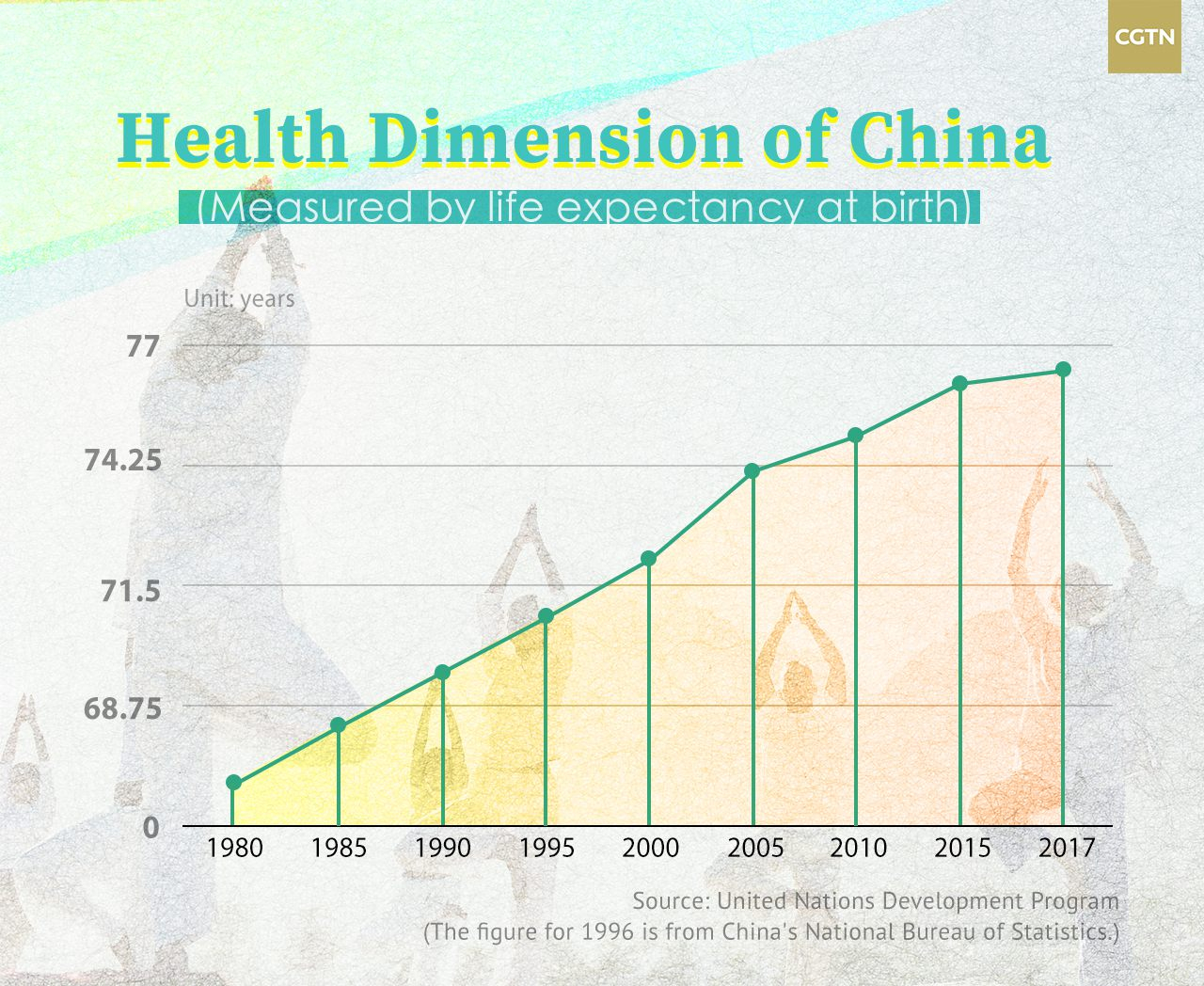
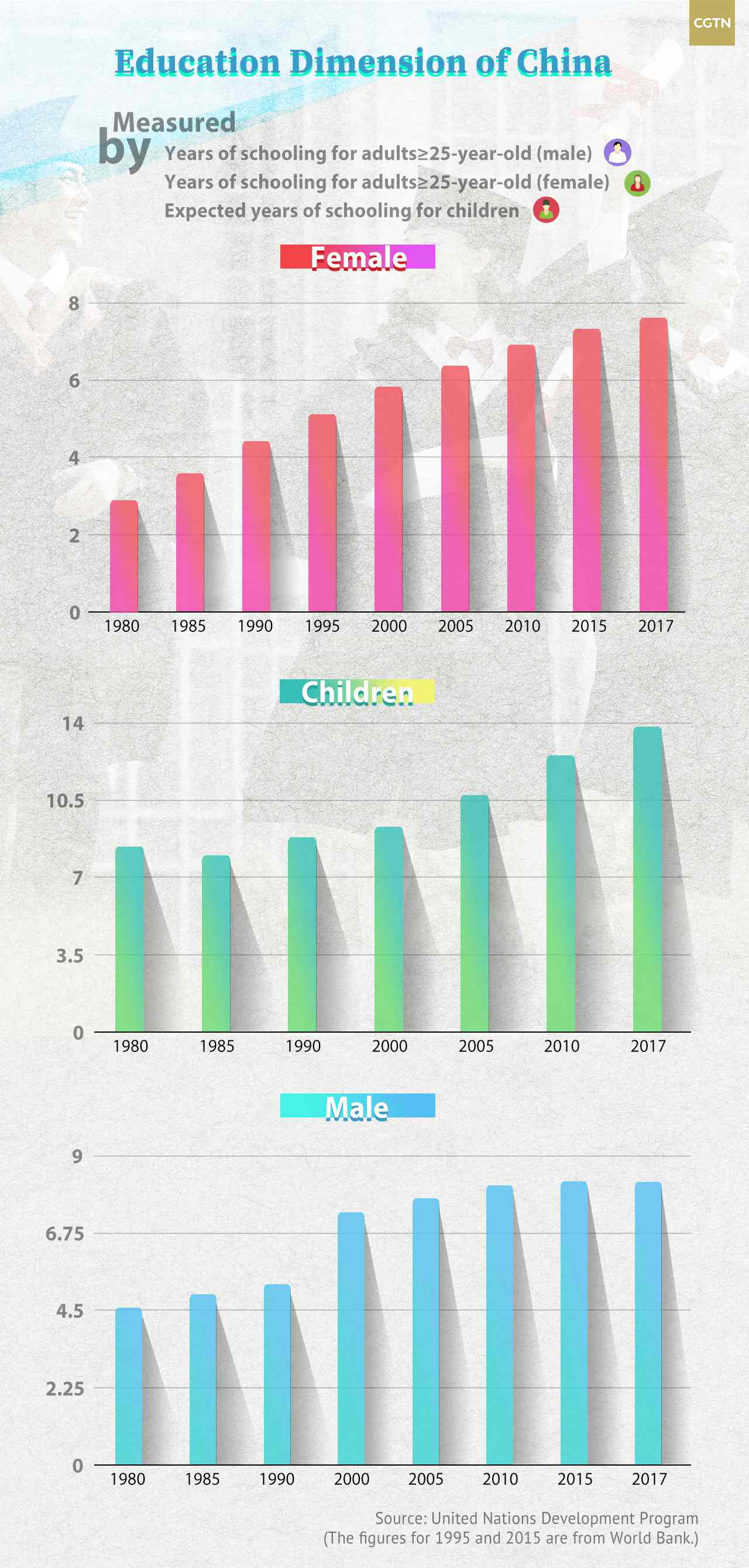
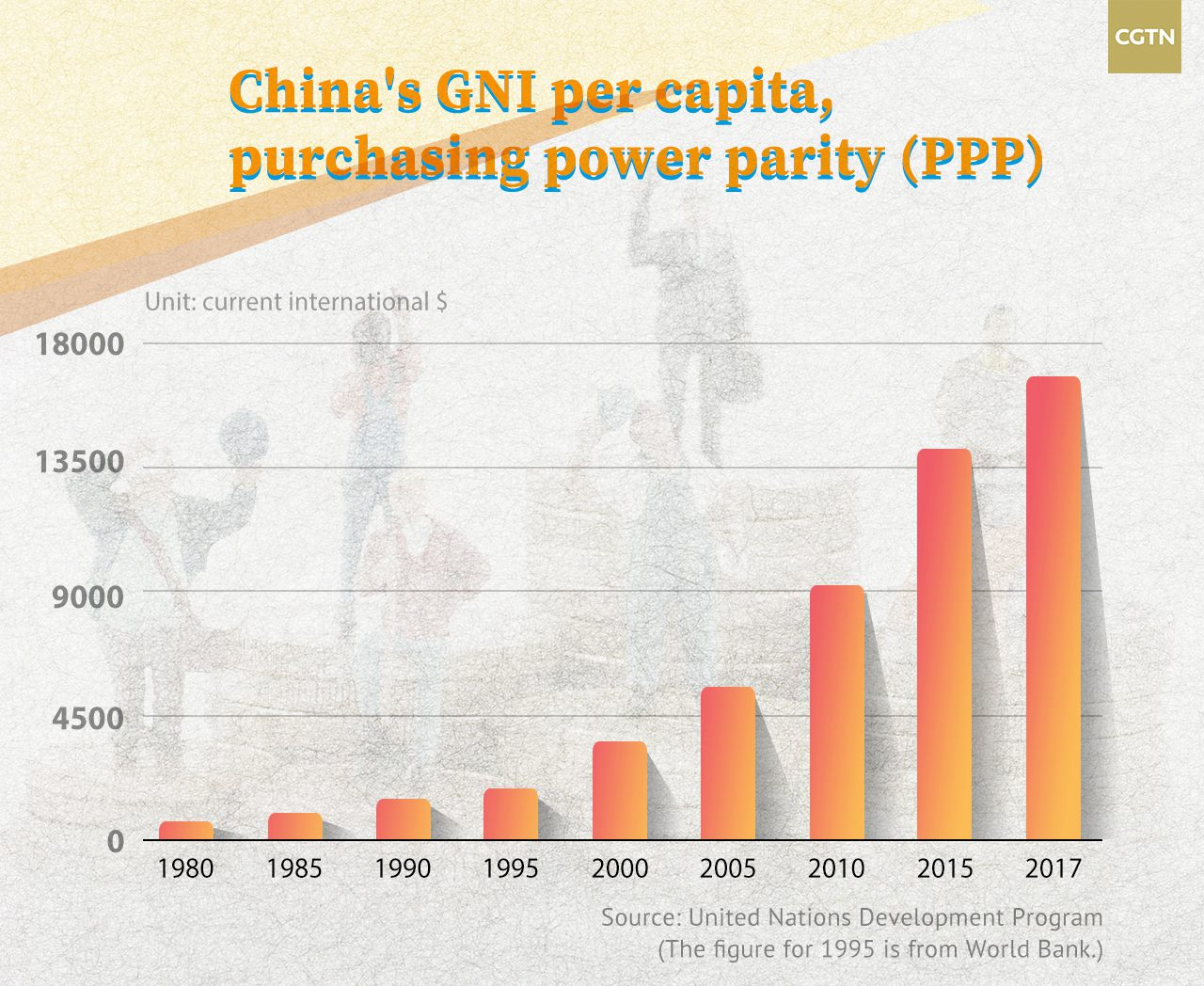
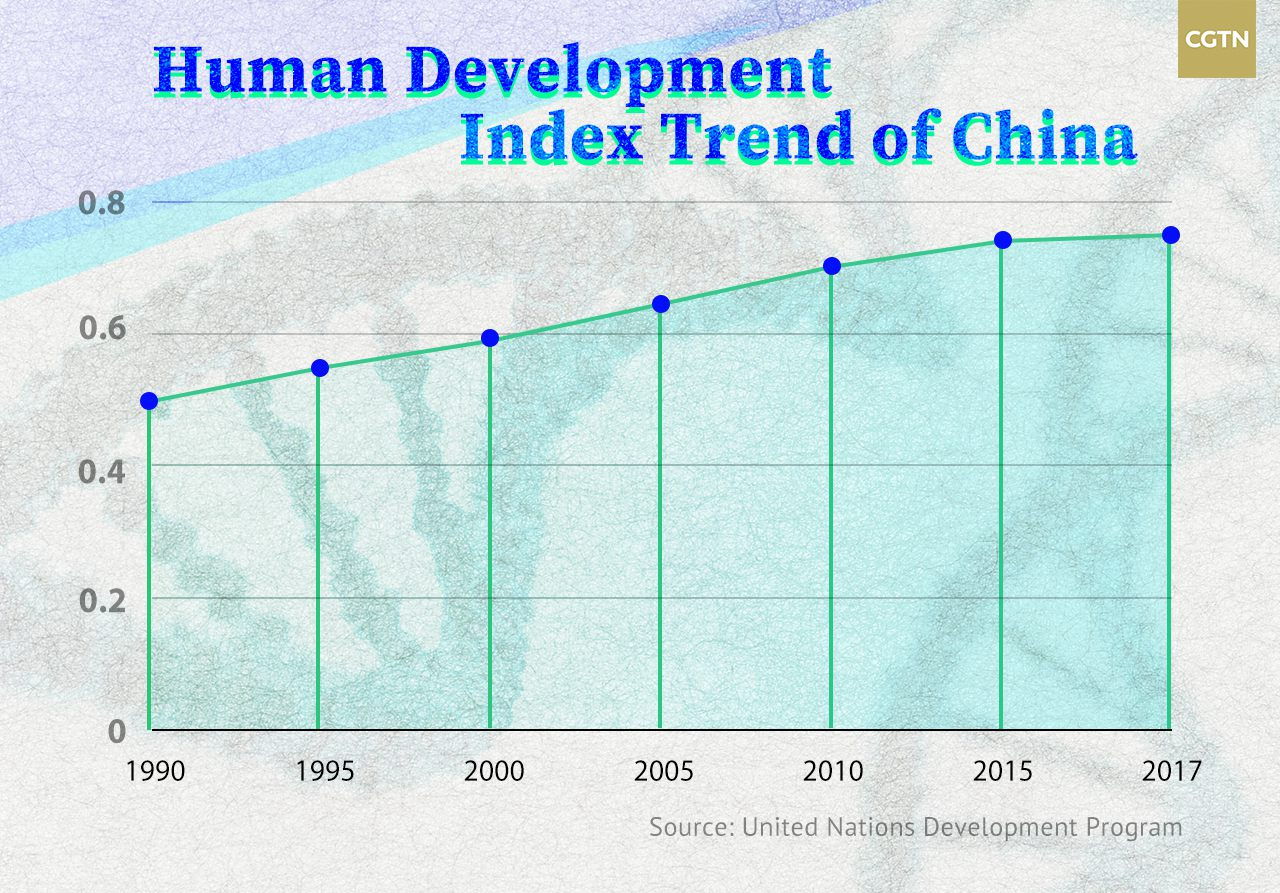







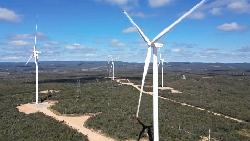

:max_bytes(150000):strip_icc():format(webp)/GettyImages-1091169712-48c80a2ed4c24afeb0d4232643b760d7.jpg)


:max_bytes(150000):strip_icc():format(webp)/Circular-Flow-c643e6be21e54ff3b0498ee131574860.jpg)
:max_bytes(150000):strip_icc():format(webp)/Circular-Flow-Model-5-59022a0e3df78c5456ad0bcc.jpg)




